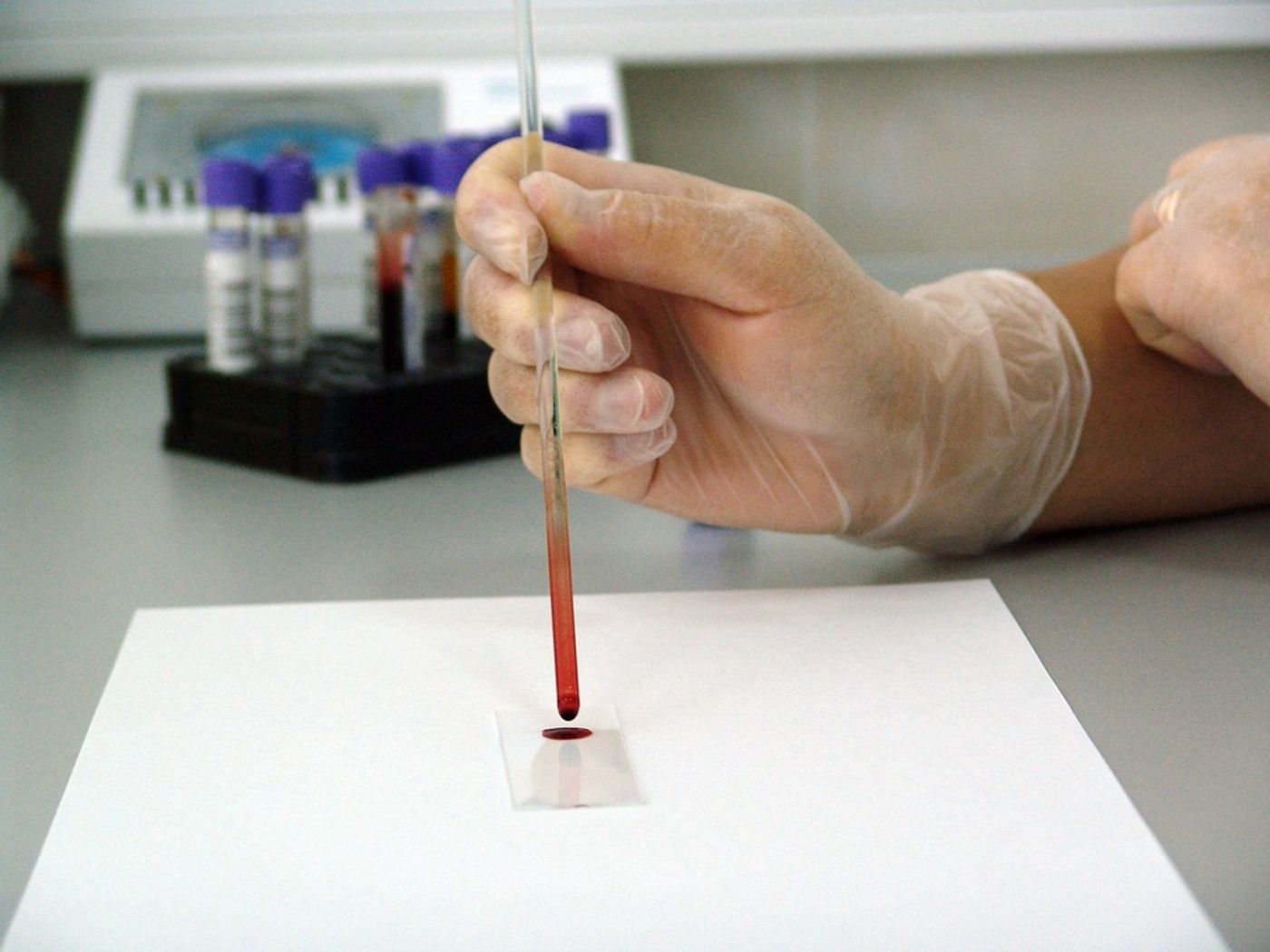Could a blood test detect lung cancer?
Lung nodules are more common than most people think, and they’re benign more often than they are malignant. From the Medical University of South Carolina, researchers provide a new diagnostic approach for distinguishing between benign and malignant, hoping to prevent unnecessary tests for people with benign nodules.
Pulmonary or lung nodules, also called “coin lesions,” are usually smaller than 1.2 inches in diameter. Any larger and the nodule would be considered a pulmonary mass and is more likely to be cancerous. Benign lung nodules can develop as a result of infections, noninfectious disorders like rheumatoid arthritis, and abnormal growths.
Researchers estimate that 1.6 million nodules are found in patients every year, usually when they are receiving care for something unrelated. Up to 85 percent of nodules are benign, meaning they’re not cancerous (malignant).
If diagnostics indicate a nodule is high-risk, more invasive tests are required to further classify it, including biopsy and surgical removal. The “diagnostic dilemma,” researchers describe, is whether or not to follow up with similar tests for low- and moderate-risk nodules. The invasive tests are not lightly prescribed; they can be complicated to complete in the lungs, which are particularly sensitive organs.
Researchers studied a new blood test based on the measurement of two proteins, LG3BP and C163A, to indicate cancerous nodules. The study included 685 patients at least 40 years old with newly discovered lung nodules 8 to 30 millimeters in diameter. Combined with other “clinical predictors” of cancer like age, size of the nodule, and other nodule characteristics, researchers used the two biomarkers to assess each nodule. The new test was 98 percent effective at distinguishing between benign and malignant nodules.
"It serves as a 'rule out' test for those with low-to-moderate risk," explained Gerard A. Silvestri, MD, MS. "The biomarker is a tool to help calculate the general risk of cancer and present a patient with recommendations and options. It can push people out of indeterminate risk and into low-risk - without having to undergo invasive and potential risky procedures."
“Our goals for this biomarker are to help calculate the risk of cancer, present the patient with options and recommendations and avoid subjecting patients with benign disease to expensive, unnecessary and intrusive procedures,” Silvestri concluded.
The present study was published in the journal Chest.
Sources: Cleveland Clinic, Medical University of South Carolina









